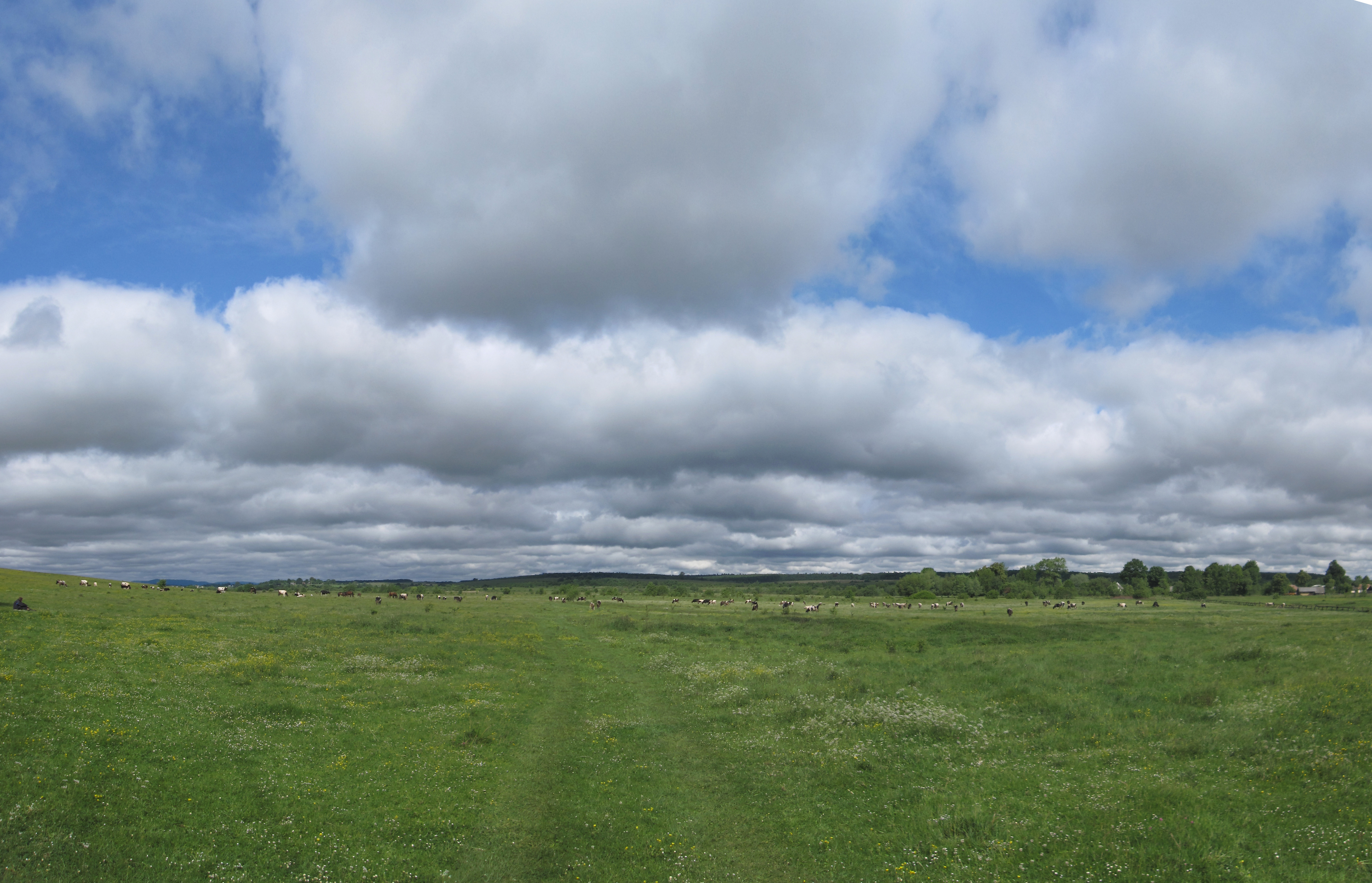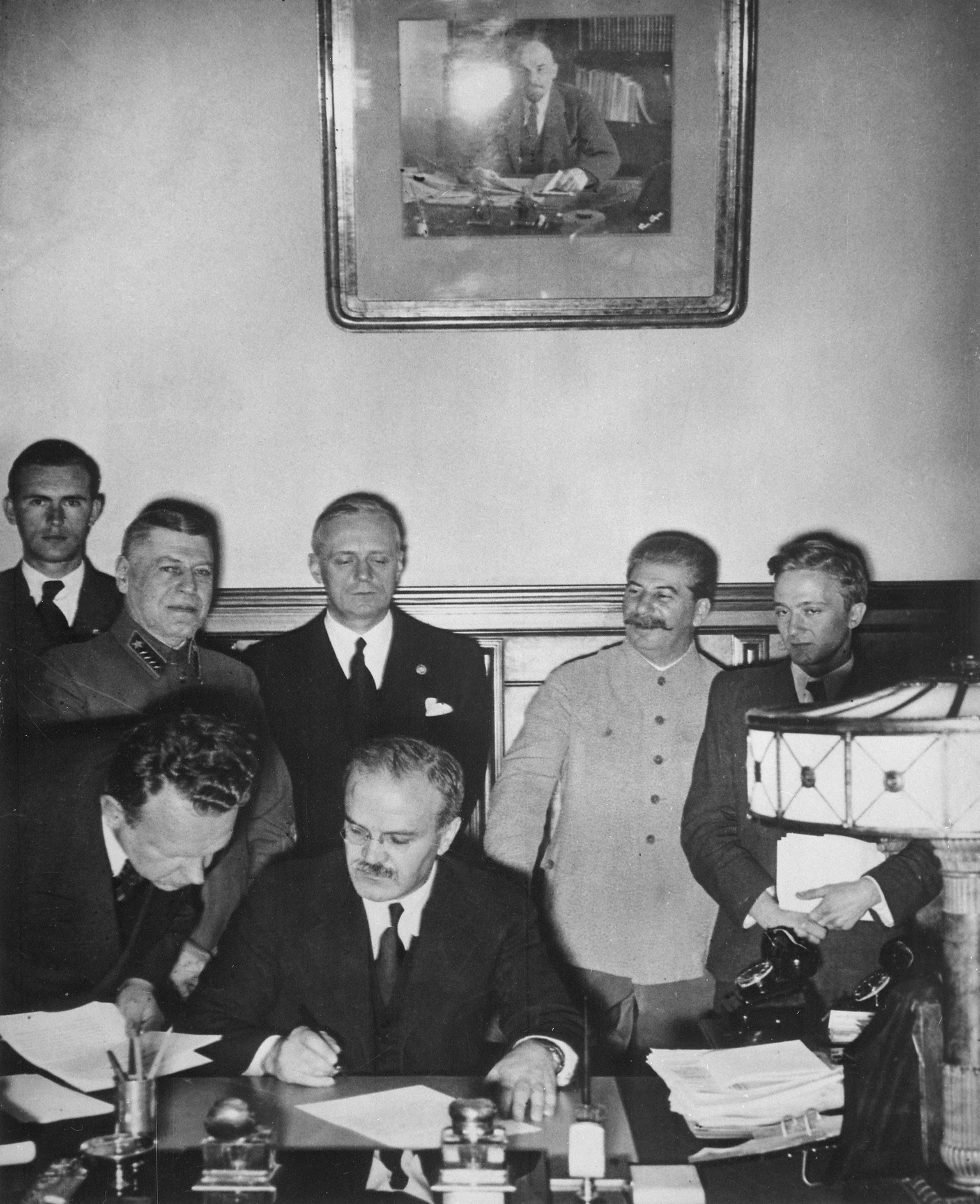|
National Unity Day (Belarus)
The National Unity Day ( be, Дзень народнага адзінства, russian: День народного единства, also translated as the Day of People's Unity) is a state holiday in Belarus celebrated on September 17 and marks the unification of the West Belarus and East Belarus which happened on September 17, 1939, the day of the Soviet invasion of Poland during World War II. "September 17. National Unity Day in Belarus. Expert comments" September 17, 2021, ''polishnews It was established by the June 7, 2021 Decree No. 206 by President of Belarus Alyaksandr Lukashenka. [...More Info...] [...Related Items...] OR: [Wikipedia] [Google] [Baidu] |
State Holiday
In the United States there are a number of observed holidays where employees receive paid time off. The labor force in the United States comprises about 62% (as of 2014) of the general population. In the United States, 97% of the private sector businesses determine what days this sector of the population gets paid time off, according to a study by the Society for Human Resource Management. The following holidays are observed by the majority of US businesses with paid time off: New Year's Day, New Year's Eve, Memorial Day, Independence Day, Labor Day, Thanksgiving, the day after known as Black Friday, Christmas Eve and Christmas. There are also numerous holidays on the state and local level that are observed to varying degrees. Holiday listing as paid time off This list of holidays is based on the official list of federal holidays by year from the US Government. The holidays however are at the discretion of employers whose statistics are measured by the Bureau of Labor S ... [...More Info...] [...Related Items...] OR: [Wikipedia] [Google] [Baidu] |
Eastern Borderlands
Eastern Borderlands ( pl, Kresy Wschodnie) or simply Borderlands ( pl, Kresy, ) was a term coined for the eastern part of the Second Polish Republic during the History of Poland (1918–1939), interwar period (1918–1939). Largely agricultural and extensively multi-ethnic, it amounted to nearly half of the territory of Second Polish Republic, pre-war Poland. Historically situated in the eastern Polish–Lithuanian Commonwealth, following the Partitions of Poland, 18th-century foreign partitions it was annexed by Russia and partly by the Habsburg monarchy (Galicia (Eastern Europe), Galicia), and Polish–Soviet War, ceded to Poland in 1921 after the Peace of Riga. As a result of the Territorial changes of Poland immediately after World War II, post-World War II border changes, none of the lands remain in Poland today. The Polish plural term ''Kresy'' corresponds to the Russian ''okrainy'' (), meaning "the border regions". It is also largely co-terminous with the northern areas of ... [...More Info...] [...Related Items...] OR: [Wikipedia] [Google] [Baidu] |
Bug River
uk, Західний Буг be, Захо́дні Буг , name_etymology = , image = Wyszkow_Bug.jpg , image_size = 250 , image_caption = Bug River in the vicinity of Wyszków, Poland , map = Vistula river map.png , map_size = 250px , map_caption = Bug River through Ukraine, Belarus and Poland , pushpin_map = , pushpin_map_size = 250px , pushpin_map_caption= , subdivision_type1 = Country , subdivision_name1 = Poland, Belarus, Ukraine , subdivision_type2 = , subdivision_name2 = , subdivision_type3 = VoivodeshipVoblastOblast , subdivision_name3 = Podlaskie, Mazovian, Lublin, Brest, Lviv , subdivision_type4 = , subdivision_name4 = , subdivision_type5 = , subdivision_name5 = , length = , width_min = , width_avg = , width_max = , depth_min = , depth_avg = , depth_max = , discharge1_location= ... [...More Info...] [...Related Items...] OR: [Wikipedia] [Google] [Baidu] |
German Invasion Of Poland
The invasion of Poland (1 September – 6 October 1939) was a joint attack on the Republic of Poland by Nazi Germany and the Soviet Union which marked the beginning of World War II. The German invasion began on 1 September 1939, one week after the signing of the Molotov–Ribbentrop Pact between Germany and the Soviet Union, and one day after the Supreme Soviet of the Soviet Union had approved the pact. The Soviets invaded Poland on 17 September. The campaign ended on 6 October with Germany and the Soviet Union dividing and annexing the whole of Poland under the terms of the German–Soviet Frontier Treaty. The invasion is also known in Poland as the September campaign ( pl, kampania wrześniowa) or 1939 defensive war ( pl, wojna obronna 1939 roku, links=no) and known in Germany as the Poland campaign (german: Überfall auf Polen, Polenfeldzug). German forces invaded Poland from the north, south, and west the morning after the Gleiwitz incident. Slovak military forces ad ... [...More Info...] [...Related Items...] OR: [Wikipedia] [Google] [Baidu] |
Belorussian SSR In 1940 After Annexation Of Eastern Poland
Belarusian may refer to: * Something of, or related to Belarus * Belarusians, people from Belarus, or of Belarusian descent * A citizen of Belarus, see Demographics of Belarus * Belarusian language * Belarusian culture * Belarusian cuisine * Byelorussian Soviet Socialist Republic See also * * Belorussky (other) Belorussky (masculine), Belorusskaya (feminine), or Belorusskoye (neuter) may refer to: *Belorussky Rail Terminal, a rail terminal in Moscow, Russia * Belorussky (settlement), a settlement in Pskov Oblast, Russia * Belorusskaya-Koltsevaya, a station ... {{disambig Language and nationality disambiguation pages ... [...More Info...] [...Related Items...] OR: [Wikipedia] [Google] [Baidu] |
Norman Davies
Ivor Norman Richard Davies (born 8 June 1939) is a Welsh-Polish historian, known for his publications on the history of Europe, Poland and the United Kingdom. He has a special interest in Central and Eastern Europe and is UNESCO Professor at the Jagiellonian University, professor emeritus at University College London, a visiting professor at the Collège d'Europe, and an honorary fellow at St Antony's College, Oxford. He was granted Polish citizenship in 2014. Academic career Davies was born to Richard and Elizabeth Davies in Bolton, Lancashire. He is of Welsh descent. He studied in Grenoble, France, from 1957 to 1958 and then under A. J. P. Taylor at Magdalen College, Oxford, where he earned a BA in history in 1962. He was awarded an MA at the University of Sussex in 1966 and also studied in Perugia, Italy. Davies intended to study for a PhD in the Soviet Union but was denied an entry visa, so he went to Kraków, Poland, instead. Davies studied at the Jagiellonian Un ... [...More Info...] [...Related Items...] OR: [Wikipedia] [Google] [Baidu] |
Republics Of The Soviet Union
The Republics of the Union of Soviet Socialist Republics or the Union Republics ( rus, Сою́зные Респу́блики, r=Soyúznye Respúbliki) were national-based administrative units of the Union of Soviet Socialist Republics (USSR). The Soviet Union was formed in 1922 by a treaty between the Soviet republics of Byelorussia, Russia, Transcaucasia, and Ukraine, by which they became its constituent republics. For most of its history, the USSR was a highly centralized state despite its nominal structure as a federation of republics; the decentralization reforms during the era of '' perestroika'' and '' glasnost'' conducted by Mikhail Gorbachev are cited as one of the factors which led to the dissolution of the USSR in 1991 and the creation of the Commonwealth of Independent States. There were two very distinct types of republics in the Soviet Union: the larger union republics, representing the main ethnic groups of the Union and with the constitutional right ... [...More Info...] [...Related Items...] OR: [Wikipedia] [Google] [Baidu] |
Soviet Union
The Soviet Union,. officially the Union of Soviet Socialist Republics. (USSR),. was a List of former transcontinental countries#Since 1700, transcontinental country that spanned much of Eurasia from 1922 to 1991. A flagship communist state, it was nominally a Federation, federal union of Republics of the Soviet Union, fifteen national republics; in practice, both Government of the Soviet Union, its government and Economy of the Soviet Union, its economy were highly Soviet-type economic planning, centralized until its final years. It was a one-party state governed by the Communist Party of the Soviet Union, with the city of Moscow serving as its capital as well as that of its largest and most populous republic: the Russian Soviet Federative Socialist Republic, Russian SFSR. Other major cities included Saint Petersburg, Leningrad (Russian SFSR), Kyiv, Kiev (Ukrainian Soviet Socialist Republic, Ukrainian SSR), Minsk (Byelorussian Soviet Socialist Republic, Byelorussian SSR), Tas ... [...More Info...] [...Related Items...] OR: [Wikipedia] [Google] [Baidu] |
Ukraine
Ukraine ( uk, Україна, Ukraïna, ) is a country in Eastern Europe. It is the second-largest European country after Russia, which it borders to the east and northeast. Ukraine covers approximately . Prior to the ongoing Russian invasion, it was the eighth-most populous country in Europe, with a population of around 41 million people. It is also bordered by Belarus to the north; by Poland, Slovakia, and Hungary to the west; and by Romania and Moldova to the southwest; with a coastline along the Black Sea and the Sea of Azov to the south and southeast. Kyiv is the nation's capital and largest city. Ukraine's state language is Ukrainian; Russian is also widely spoken, especially in the east and south. During the Middle Ages, Ukraine was the site of early Slavic expansion and the area later became a key centre of East Slavic culture under the state of Kievan Rus', which emerged in the 9th century. The state eventually disintegrated into rival regional powers and ... [...More Info...] [...Related Items...] OR: [Wikipedia] [Google] [Baidu] |
Allies Of World War I
The Allies of World War I, Entente Powers, or Allied Powers were a coalition of countries led by France, the United Kingdom, Russia, Italy, Japan, and the United States against the Central Powers of Germany, Austria-Hungary, the Ottoman Empire, Bulgaria, and their colonies during the First World War (1914–1918). By the end of the first decade of the 20th century, the major European powers were divided between the Triple Entente and the Triple Alliance. The Triple Entente was made up of France, Britain, and Russia. The Triple Alliance was originally composed of Germany, Austria–Hungary, and Italy, but Italy remained neutral in 1914. As the war progressed, each coalition added new members. Japan joined the Entente in 1914 and after proclaiming its neutrality at the beginning of the war, Italy also joined the Entente in 1915. The term "Allies" became more widely used than "Entente", although France, Britain, Russia, and Italy were also referred to as the Quadruple Enten ... [...More Info...] [...Related Items...] OR: [Wikipedia] [Google] [Baidu] |



